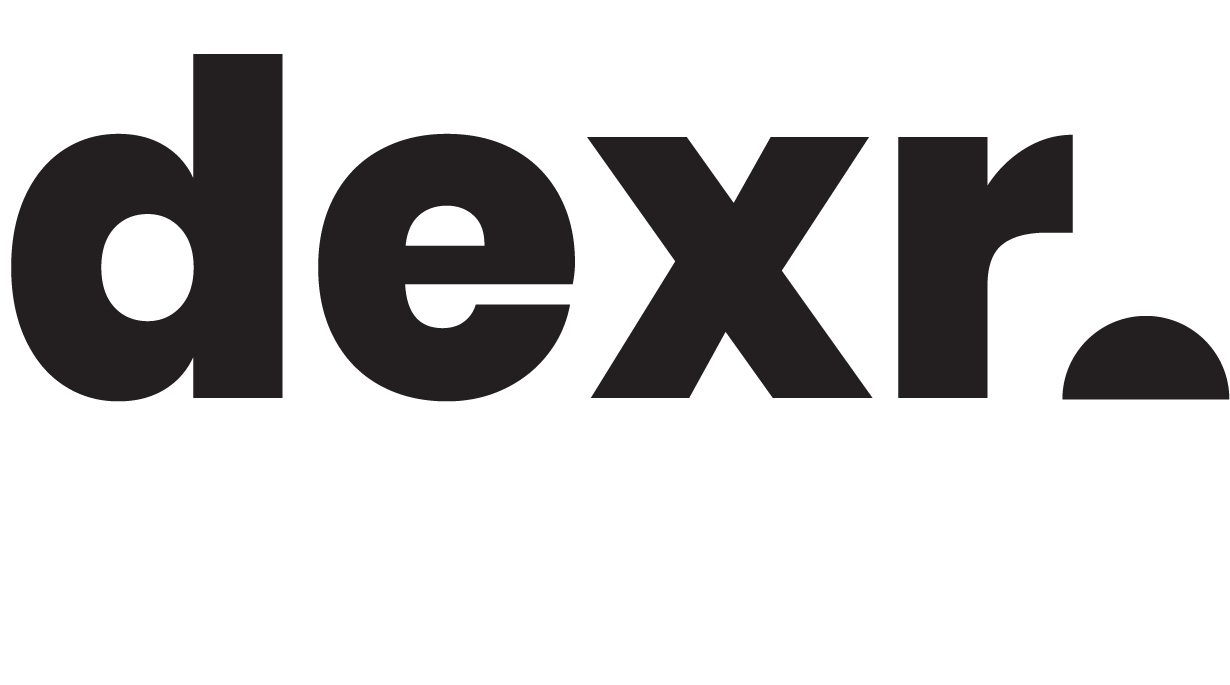Terminology & Structure - What is what
Terminology
| Stage | The app for learners |
| Module | A distinct lesson module Example: How to repair a bike |
| Level | A "chapter" in one stage Example: How to repair the brakes on a bike. |
| Challenge | The challenge is the part of a level that describes the flow(steps) needed to complete the level. |
| Step | A step describes a single step in a level. Example: Loosen the brakes before attempting to remove |
| Action | The type of interaction that the trainee needs to do to progress to the next step. Each Step has one action. Example: Use item action - use a wrench on the bolts on the side of the brakes. |
| Asset | A library object which can be placed in the 3D world. Example: A 3D drill with interactivity logic attached |
| Events | Premade logic blocks that change something in the world when the user is going through the steps. Example: If the step "loosen the brakes" is completed succesfully, play a trumpet sound. |
Quick Structure overview
- Organization
- Workspace - Like a google drive folder. Each user has his own workspace or can have shared workspaces.
- Modules - Your lesson modules.
- Levels - The chapters in your modules.
- Challenge Steps - Make up the flow of 1 level (chapter).
- Starting events - What happens in the world in this step.
- Action - What the user needs to do.
- Outcomes - Which paths can the user take, both correct & incorrect ones.
- Outcome Events - What happens when this path is taken.
- Hints & Guidance - What info to share with the user if they're stuck.
- World (scene) - The spatial 3D part of your level.
- Environment - Choose from premade environments.
- Assets - Manually placed 3D assets that make up the bulk of your lesson.
- Teleport points - Determine where the users should move to.
- Spatial hint spots - Give extra clues & information. (optional)
- Challenge Steps - Make up the flow of 1 level (chapter).
- Levels - The chapters in your modules.
- Modules - Your lesson modules.
- Workspace - Like a google drive folder. Each user has his own workspace or can have shared workspaces.
